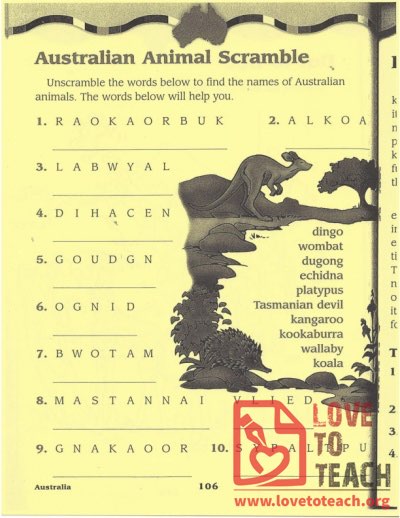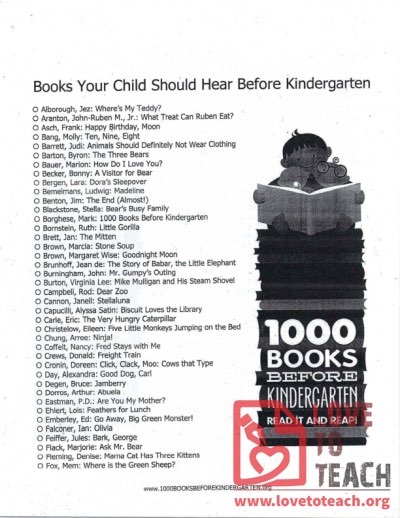Reading (954)
Welcome to Love to Teach's Reading Resources hub, where educators can find a treasure trove of materials to foster literacy skills in their students. Whether you're focusing on phonics, comprehension, or literary analysis, our curated collection has something for every level and interest. Dive into our comprehensive selection of lesson plans, worksheets, interactive games, and more, designed to ignite a love for reading and cultivate critical thinking.
Family pictures spelling words, station, vacation, wild, lion, invite, broke.
Fifth graders become increasingly curious about the world around them and how things work. They are more open to reading non-fiction books about specific topics that interest them. Informative books filled with short, simple text and colorful illustrations foster their curiosity. We recommend that fifth graders read 300 minutes the first three months and increase by 50 minutes each of the last three months.
Unscramble the words below to find the names of Australian animals. The words below will help you.
Flora and Ulysses Reading log chart: Date, Title of Book, Author, Number of Pages (blank)
selected by Lucy Micklethwait - Twenty-six famous paintings set the stage for an I Spy game using the letters of the alphabet.
by Nancy Elizabeth Wallace - Beautifully illustrated with colorful paper mache art, children will enjoy following a mama bear and her cub on many nature walks as they search for leaves and learn about a leaf’s life cycle.
by Alexandra Day - Watercolors and minimal words create a world where a young girl takes a journey with her beloved dog and explores her summer vacation home.
by Laura Numeroff - A hilarious follow-up to a beloved children’s series, filled with full-color illustrations and an action-packed story that will become a classroom favorite.
Reading log: By the minute - color in the books for every day that you read for 20 minutes at home.
by Peggy Christian - The photographs of children discovering rocks and the descriptive, poetic language used, transport young readers into a world where they are encouraged to explore their environment.
by Mary Ann Hoberman - Where does an ear of corn or an airplane live? This rollicking rhyme about houses is a longtime favorite.
I looked everywhere. My shoe is not there.
Page 24 of 48




















